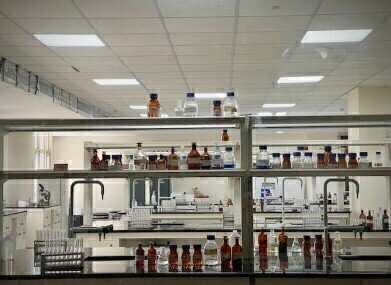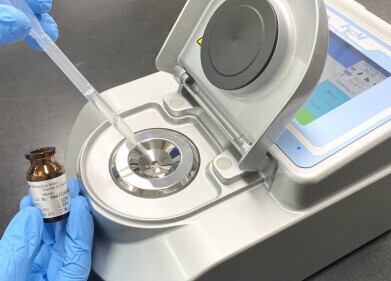Laboratory Products
How Do Laboratories Expand
Sep 11 2022
Ideally, growth is on the cards for most successful laboratories. A strategic approach to growth is the best way to make the journey as efficient and stress-free as possible. Here, we’ll spotlight some of the most important factors to consider when expanding a scientific laboratory.
Budget
Budget should be front of mind when setting up a laboratory and the same can be said for expansion. It’s important to understand that a higher budget doesn’t necessarily correspond with a higher chance of success. Instead, extreme care should be taken when deciding how and where to spend money. Ultimately, the focus should be on improving the experience of end users, i.e. laboratory personnel.
Size
Size is an important consideration when expanding an existing laboratory or moving to a new space. Lab managers should aim to future-proof the facility and consider how much additional growth might occur over the coming years.
Location
Whether to stay or relocate is a decision faced by many expanding laboratories. The benefits of staying include low renovation costs, minimal disruption and a retained sense of familiarity. Of course, often there simply isn’t enough space to efficiently expand and labs will be forced to relocate.
Safety
Growth often goes hand-in-hand with the need to update safety protocols. For example, a spontaneous hiring spree may overcrowd the workspace and put the safety of personnel at risk. Similarly, purchasing flammable chemicals to carry out more advanced experiments may call for additional fire extinguishers.
Organisation
From specialised equipment and supplies to waste disposal areas, organisation is key when expanding a laboratory. A strategic approach to organisation can help streamline workflows in a growing lab and minimise the risk of cross-contamination.
Technology
Investing in new equipment and technologies is a natural pathway for growing laboratories. For example, next-generation technologies like the Andrew+ liquid handling robot can drastically improve pipetting efficiency in a growing lab. From pharmaceuticals to environmental research, robots and Artificial Intelligence (AI) are becoming increasingly common in laboratories around the world. In the United States, the Benioff Ocean Science Laboratory has developed an AI-driven system designed to prevent boats from colliding with whales in the San Francisco Bay Area.
“Artificial Intelligence is especially useful to protect animals because it can make patterns in nature visible to humans that would normally remain undetected," explains Adam Porter, a computer science professor at the University of Maryland. “AI can handle huge amounts of data and find correlations - e.g., between pollutants and animal behaviour - [and] allow for interpretation, enable prediction, and provide valuable insights to researchers.”
Communication
Growth underscores the need for clear communication across the laboratory. Ideally, personnel should have access to platforms that support collaboration and teamwork.
Before a research lab can grow, it needs to have a solid foundation. Find out more about how to establish a facility and give it the best possible chance of success in ‘How to Start a Research Lab - All Bases Covered’.
Digital Edition
Lab Asia 31.2 April 2024
April 2024
In This Edition Chromatography Articles - Approaches to troubleshooting an SPE method for the analysis of oligonucleotides (pt i) - High-precision liquid flow processes demand full fluidic c...
View all digital editions
Events
Apr 28 2024 Montreal, Quebec, Canada
May 05 2024 Seville, Spain
InformEx Zone at CPhl North America
May 07 2024 Pennsylvania, PA, USA
May 14 2024 Oklahoma City, OK, USA
May 15 2024 Birmingham, UK






.jpg)











